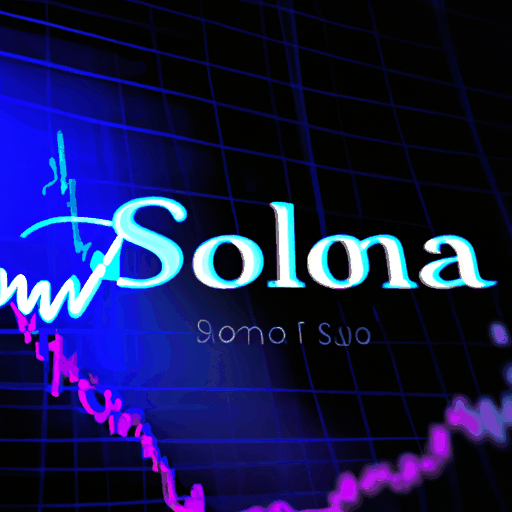
Explosive Growth of Crypto Tokens Fueled by Solana, Base, and BSC
By: Isha Das
The expansion of tradable crypto tokens has witnessed a remarkable transformation over the past few years, with the number of digital assets tracked by CoinMarketCap skyrocketing to approximately 18.9 million by mid-2025, up from just over 20,000 in early 2022. This staggering 945x increase reflects the burgeoning ecosystem facilitated by platforms such as Solana, Base, and BNB (Binance Smart Chain), which have been instrumental in this meteoric rise.
Solana stands at the forefront of this surge, emerging as a hub for new token creation, with more than 18 million tokens minted as algorithm-driven factories and user-friendly platforms make asset creation accessible and affordable. The ecosystem has witnessed a flurry of new token launches, especially through services like Pump.fun, which alone has produced over 11 million SPL tokens, illustrating the dynamic and rapid nature of token genesis within Solana's infrastructure.
Joining Solana in this token revolution is Base, which has rapidly become a preferred choice for token creators. Within a short span, the platform has facilitated the creation of over 8.4 million fungible tokens. Its integration with networks such as Zora has further accelerated its growth, enabling the widespread adoption of creator coins and content coins, which transform social interactions into tradeable digital assets. Base’s brief outperformance of Solana in daily token creation underscores its viability as a prime destination for new crypto asset deployments.
Meanwhile, Binance Smart Chain (BSC) continues to uphold its reputation as a significant player in the token launch frenzy, documenting nearly 4.7 million BEP-20 token contracts. Despite a relatively reduced share compared to Solana and Base, BSC remains essential for swift and cost-effective token issuance, reinforcing its status as a core framework for fungible asset minting.
However, this explosive growth raises significant challenges, particularly in terms of liquidity. The average stablecoin liquidity per token has plummeted from around $1.8 million in 2021 to approximately $5,500 by early 2025. This severe mismatch between supply and liquidity results in most tokens being illiquid and highly volatile, subject to drastic price movements from minimal capital flows. Market dynamics are consequently shifting as investor capital gravitates towards established cryptocurrencies like Bitcoin and Ethereum, leading to consolidation in these proven networks while leaving newer tokens struggling for traction and liquidity.



